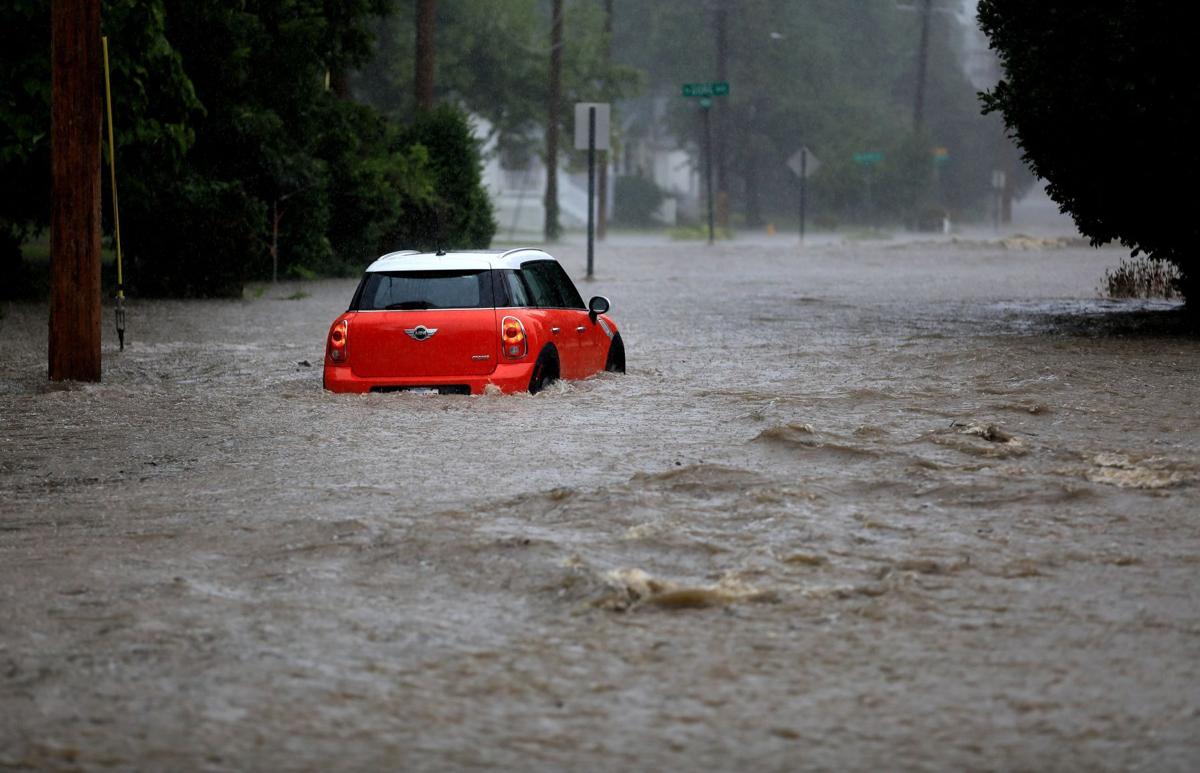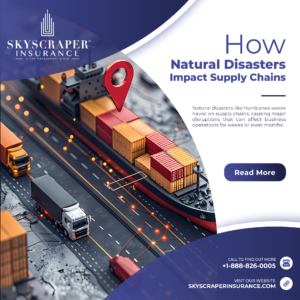NFIP senior exec talks hurricane, flood response.
“Most people think of tropical storm flooding as being confined to coastal areas, but the recent flooding in Tennessee and North Carolina shows that inland flooding from hurricanes and tropical storm systems can be just as devastating to people living far away from coastlines,” says David I. Maurstad, of FEMA.
With Hurricane Ida leaving a trail of destruction in numerous states, many insureds are struggling to pick up the pieces as the insurance industry contemplates what it can do to help see insureds through.
Aiming to gain some insights into these issues and more, PropertyCasualty360.com queried David I. Maurstad, senior executive of the National Flood Insurance Program (NFIP) and deputy associate administrator for federal insurance and mitigation at the Federal Emergency Management Administration (FEMA).
PC360: What are some of the critical steps homeowners can take now to be prepared for hurricanes and subsequent flood threats?
Maurstad: (For prospective flood insurance policyholders), the best way to protect one’s home and belongings from flood damage is to purchase flood insurance — it’s important to not delay or procrastinate. Generally, there is a 30-day waiting period before a new policy takes effect and waiting until a storm’s approach is too late. Even 1 inch of water can cause up to $25,000 in damage to one’s home — damage that most homeowners insurance policies won’t cover. FEMA’s Flood Map Service Center allows homeowners to look up their addresses to learn if they live, work or travel in areas that are prone to flooding.

For those with policies, it is important to conduct an annual “insurance checkup” with an agent to understand the appropriate coverage and amounts of coverage. Since flood insurance does not automatically renew each year, it’s also important to ensure that there is no lapse in coverage. Before a storm, photos and videos should be taken of all major household items and valuables. Other important documents such as birth certificates, passports, medical records, and insurance papers should be stored in a safe, dry place because this information is needed to file a flood insurance claim. Original documents should be kept in a watertight, safe deposit box. When flooding is imminent or predicted, NFIP policyholders are eligible to receive up to $1,000 to purchase loss avoidance supplies like tarps and sandbags and up to $1,000 to move their property to safety.
PC360: What are some of the things FEMA is working on to help communities better prepare for hurricanes?
Maurstad: FEMA makes funding available to state, local, tribal and territorial governments through hazard mitigation assistance (HMA) grants programs. These funds strengthen the nation’s ability to build a culture of preparedness by reducing disaster losses and protecting life and property from disaster damage. Every $1 spent on mitigation measures can save $6 in future disaster costs.
FEMA recently announced a significant influx in hazard mitigation funding to help communities across the nation enhance mitigation efforts and take steps to foster greater resilience and reduce disaster suffering. For fiscal year 2021, there is nearly $5 billion available through HMA grant programs. This is an unprecedented bout of funding to reduce the impacts of climate change nationwide. First, there are the disaster grant cycle programs. The hazard mitigation grant program (HMGP) helps communities implement mitigation measures after a Presidential Major Disaster Declaration to reduce the risk of loss of life and property in subsequent events and the HMGP Post Fire program that provides funding to mitigate wildfire disasters after a Fire Management Assistance Grant (FMAG) is declared.
Then there are the annual competitive grant cycle programs. The flood mitigation assistance (FMA) program provides applicants with funding for projects and planning that reduce or eliminate risk of repetitive flood damage to structures insured under the NFIP, and there is the Building Resilient Infrastructure and Communities (BRIC) program that provides funds to support communities through capability- and capacity-building; encouraging and enabling innovation; promoting partnerships; enabling large projects; maintaining flexibility, and providing consistency.
FEMA is also committed to delivering its programs with equity by supporting disadvantaged communities with targeted capacity building. FEMA has even hosted a webinar to educate stakeholders about the cost-share requirements and eligible sources of funding for HMA grant programs.
One way a community can mitigate risk and reduce disaster suffering is through participating in the Community Rating System (CRS), a voluntary incentive program that recognizes and encourages community floodplain management practices that exceed the minimum requirements of the NFIP. In CRS communities, flood insurance premium rates are discounted to reflect the reduced flood risk resulting from the community’s efforts that address the three goals of the program: Reduce and avoid flood damage to insurable property; strengthen and support the insurance aspects of the NFIP; and foster comprehensive floodplain management.
PC360: Where can the insurance industry step in to help in those efforts?
Maurstad: Members of the insurance industry often play a direct role in corresponding with policyholders after a flood, which can be an emotionally and financially devastating event. In an instant, flooding can undo the financial security that takes a lifetime to build. Those in the insurance industry can speak with their clients about their flood risk and inform them of their flood insurance options.
Whatever the cause of the flood — heavy rains, a blocked creek, inadequate drainage or an overtopped levee — for most people, flood insurance is the best way to protect against the financial devastation caused by flooding. People need flood insurance to protect their most important investment: their homes or businesses. By offering flood insurance, those in the insurance industry can protect themselves from errors and omissions liability while also helping protect policyholders from financial harm.
The insurance industry also plays a crucial role in helping to identify and correct common misconceptions from policyholders, such as helping them understand what is covered in a homeowners insurance policy and assisting them with determining their local flood risk.
PC360: How can the insurance industry better educate homeowners and businesses in zones that have lower flood risks and might not carry flood coverage despite still facing these threats?
Maurstad: Most people think of tropical storm flooding as being confined to coastal areas, but the recent flooding in Tennessee and North Carolina shows that inland flooding from hurricanes and tropical storm systems can be just as devastating to people living far away from coastlines. Everyone living in areas that could be impacted by severe storms of this kind needs to think about their flood risk from all kinds of weather events that could occur in their areas.
Working in conjunction with the NFIP, the insurance industry cannot relent in educating property owners in both high- and low-risk areas about the harm and danger of flooding and the need for flood insurance. Low risk does not mean no risk— even if flood insurance is not mandated for a property, they are still at risk. In fact, one in four insurance claims come from outside high-risk flood areas. Flooding can happen anywhere; if it can rain, it can flood. Just 1 inch of water can cause up to $25,000 in damage.
The fact that flood insurance is generally not covered by a typical homeowners insurance policy cannot be overemphasized, and the NFIP’s industry partners have a responsibility to help customers understand the differences. The primary message to all is that flood insurance is key to accelerating recovery from flood damage, as well as reducing the personal and national costs of flood disasters.
To avoid common confusion, the insurance industry must continue to explain that flood insurance covers flood losses only and it isn’t a loan. Flood insurance pays for flood damages within the value of the policy. On the other hand, federal disaster assistance may require a presidential disaster declaration before qualified recipients can receive an interest-bearing loan, but this assistance does not restore home and business properties to their pre-disaster conditions.
This interview was edited for length and clarity.




